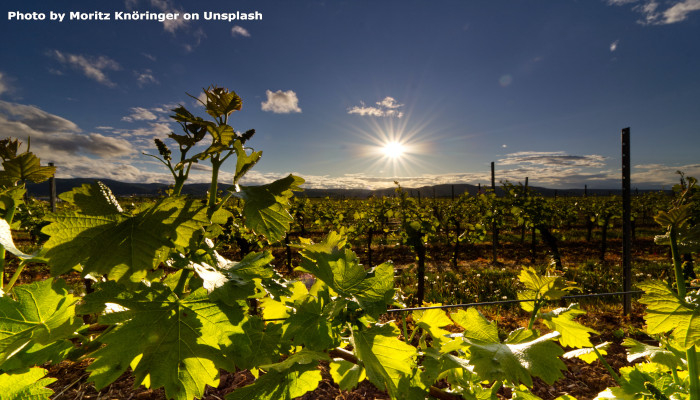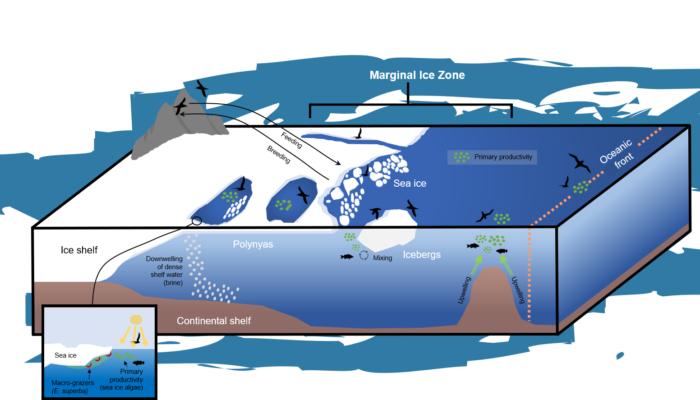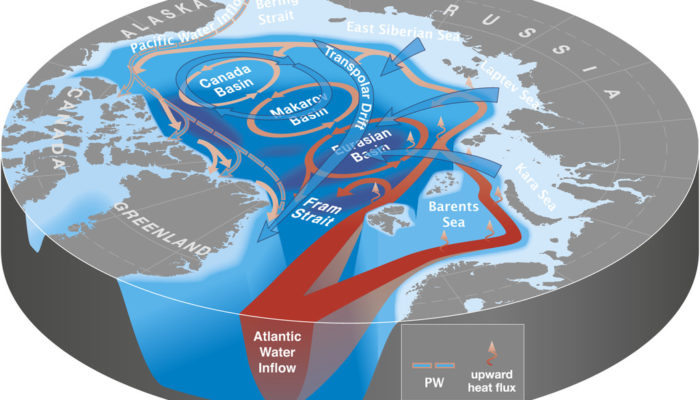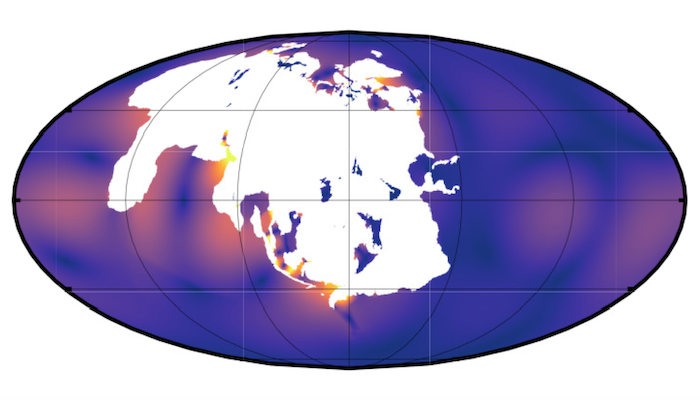There is no doubt that the Arctic is currently losing its sea ice as our climate is warming. And this process will carry on as temperatures continue climbing. But the rate at which sea ice will melt in the future and the exact date when the Arctic will be free of sea ice is not known due to several factors (which will be briefly discussed in this post). Torben Koenigk and I have selected climate m ...[Read More]
If you didn't find what you was looking for try searching again.
GeoLog
Imaggeo On Monday: The Virgin Forest of Arasbârân
This photo was taken standing in the middle of Arasbârân Forest, a beautiful virgin forest in Kaleybar, East Azerbaijan province, Iran. In Autumn and Spring, it gets extremely rainy around this area, thus begins the flowing of ephemeral streams, like the one that is captured in this photo. Located between the Caspian Sea, Aras River and the Mediterranean region, this forest has got exceptional con ...[Read More]
Geochemistry, Mineralogy, Petrology & Volcanology
Volcanoes and Wines, Part 2
And here we go, with the second part of “Volcanoes and Wines”! In Part 1 blog post we introduced you to the inevitably bond between wine and geology, with a focus on volcanic areas and minerals. We are sure we left you with a taste of volcanic soil in your mouth, wondering where you can savour red and white glasses of wine at the foot of a volcano. Today we introduce you to some unusual and ...[Read More]
Seismology
Earthquake Watch July: Perryville, Alaska
One year ago, we started a series of blog posts synthesising the main results and discussions about the most significant earthquakes recorded recently, previously called “Earthquake of the month” and now known as “Earthquake Watch.” In our first edition, we reported on the 2020 Simeonof earthquake M 7.8 that occurred in Alaska (read here), and today we return to the same region with another intere ...[Read More]
Natural Hazards
Meet and greet with the Natural hazards Early career scientists Team – NhET
Do you know that there is a Natural Hazards team of clever, fun and friendly early career scientists? This team takes care of the blog you are reading (and we hope enjoying) and organises and helps with sessions, short courses and great debates during the EGU General Assembly. Moreover, we created a network of early to mid-career scientists from different disciplines and backgrounds of the Natural ...[Read More]
Tectonics and Structural Geology
Mind your Head: Five tips on mindful productivity at work
This Mind your Head blog post is a follow-up from Maria Scheel’s talk during the latest short course around mental health at #vEGU21. Before guiding a wonderful mindfulness pop-up event, Maria talked about how she struggled with unrealistic expectations, feeling insufficient and alone as a PhD student during the last lockdown. She turned this around by radically redefining her motivation, goals an ...[Read More]
Geodynamics
Happy blog birthday!
Listen up, everyone! The blog turns 4 year old this week! 4 years. We’ve been blogging for 4 years. Holy moly. You can finish a PhD in that time (I mean, I didn’t, but – you know – you could). We’ve had another cracking year, so let’s reflect a bit on the past year – undoubtedly one of the weirdest years in (blog) history. What did we do? A lot. ThatR ...[Read More]
Cryospheric Sciences
Life on the (Ice) Edge: Antarctic Seabirds and Sea Ice
The vast expanse of Antarctic sea-ice may appear inhospitable at first, but the region supports one of the most productive ecosystems on Earth. Amongst the organisms that call Antarctica home, certain seabird species have become so well adapted to the harsh conditions that they not only survive in the region, but flourish. Like all Antarctic organisms, seabirds are intricately linked to the contin ...[Read More]
Cryospheric Sciences
Image of the Week – Did you know that Arctic sea ice is melting from the bottom?
The current retreat of Arctic sea ice is a major sign of ongoing climate changes. And it could almost disappear during summer in a few decades from now, depending on the amount of greenhouse gases we will emit into the atmosphere. In this context, understanding what are the exact causes of this sea-ice loss is important. One of these causes is the amount of heat transported by the ocean (which dep ...[Read More]
Geodynamics
The Supercontinent Cycle
From orbital, to climatic, to tectonic evolution, many aspects of the Earth’s dynamics feature high degrees of cyclicity and episodicity, which can give us important insights into how the Earth’s works. The supercontinent cycle is an example capturing the Earth’s grandest scales and this week EGU geodynamics blog editor Tobias Rolf takes a closer look at it. Pangaea. This is a familiar term to eve ...[Read More]










